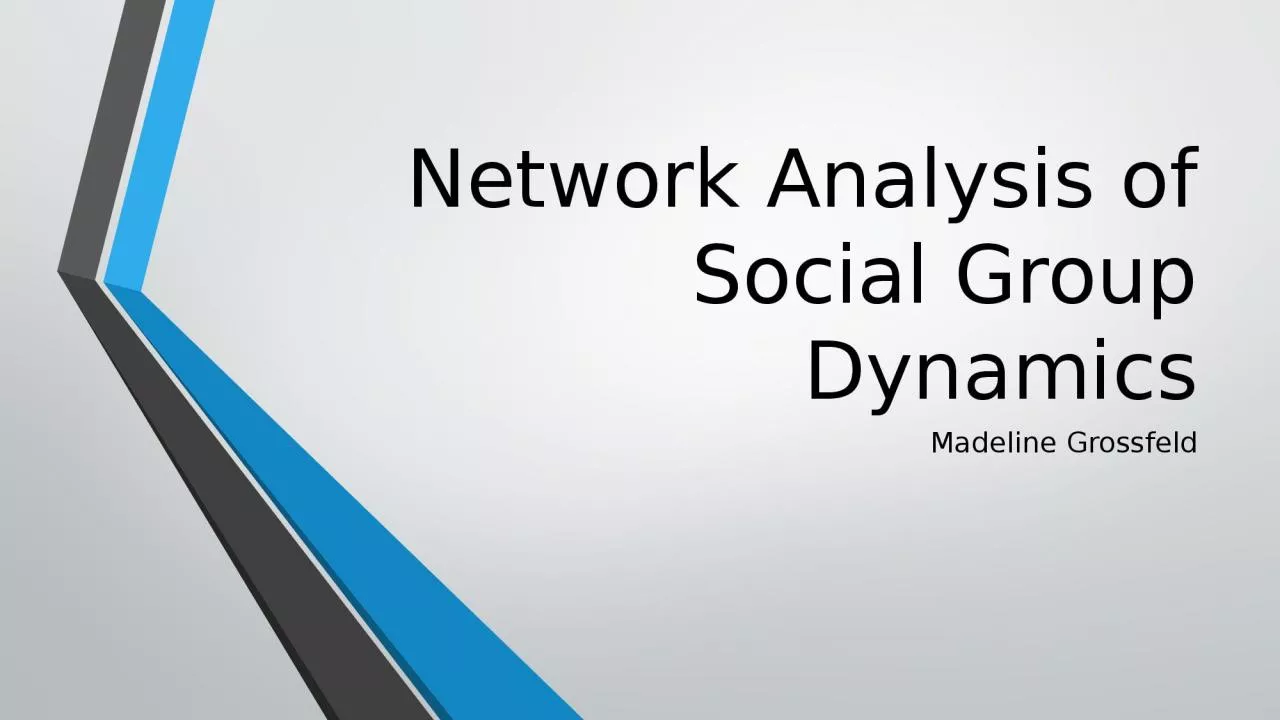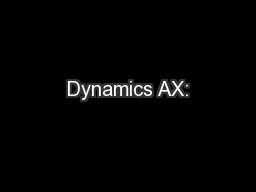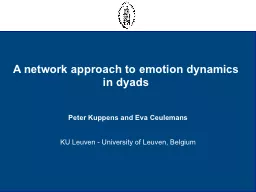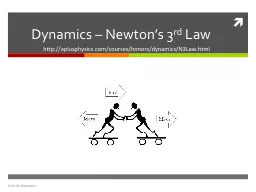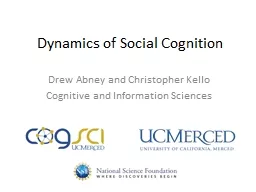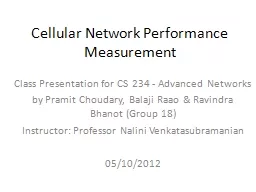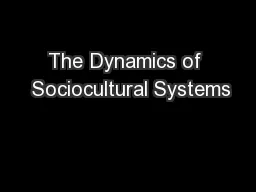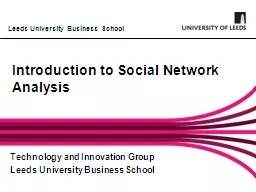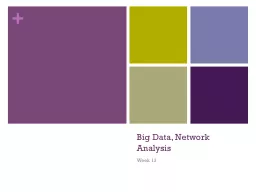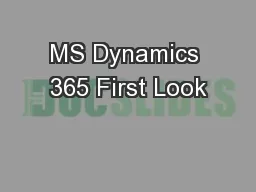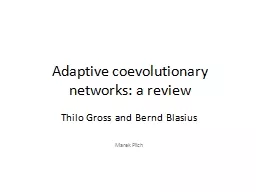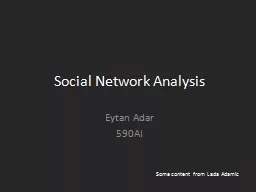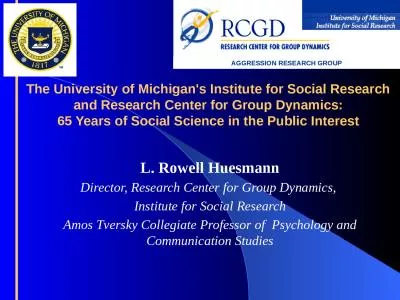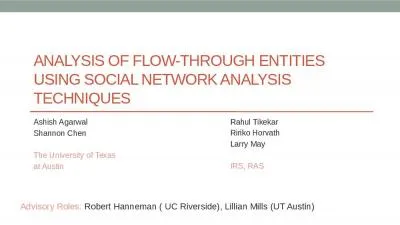PPT-Network Analysis of Social Group Dynamics
Author : sophia | Published Date : 2022-06-11
Madeline Grossfeld Basics of Networks Graphs Node actor each element in the dataset a person Edge tie a connection between two nodes friendship Degree the number
Presentation Embed Code
Download Presentation
Download Presentation The PPT/PDF document "Network Analysis of Social Group Dynamic..." is the property of its rightful owner. Permission is granted to download and print the materials on this website for personal, non-commercial use only, and to display it on your personal computer provided you do not modify the materials and that you retain all copyright notices contained in the materials. By downloading content from our website, you accept the terms of this agreement.
Network Analysis of Social Group Dynamics: Transcript
Download Rules Of Document
"Network Analysis of Social Group Dynamics"The content belongs to its owner. You may download and print it for personal use, without modification, and keep all copyright notices. By downloading, you agree to these terms.
Related Documents

